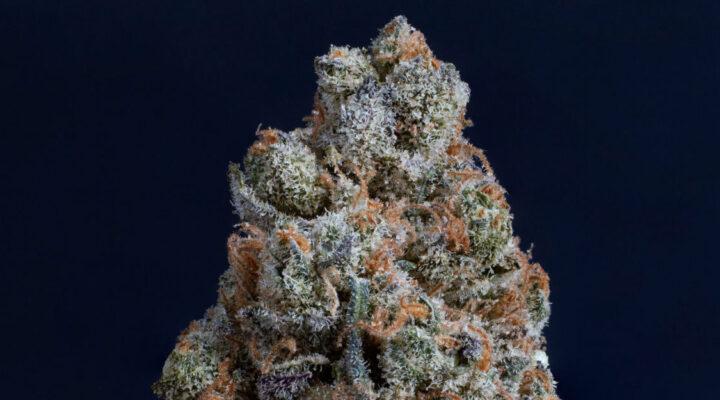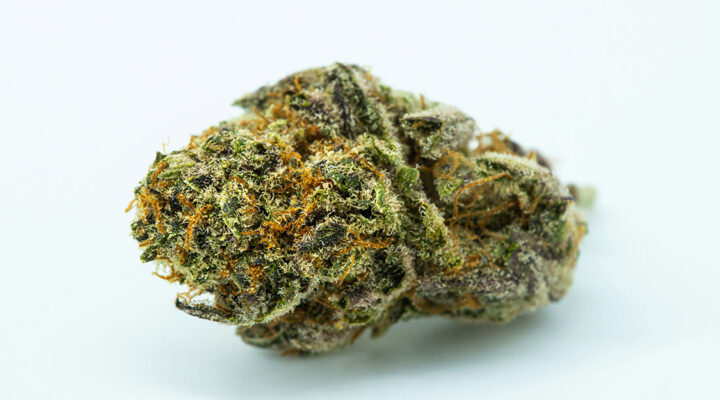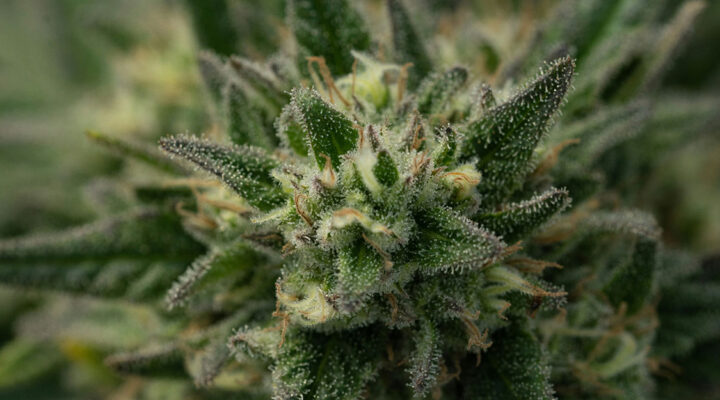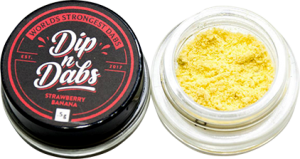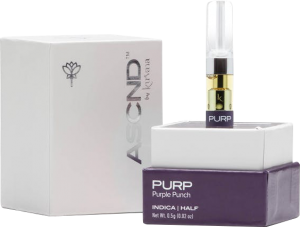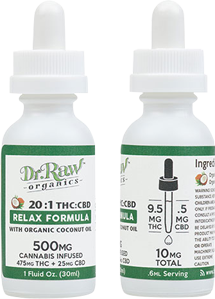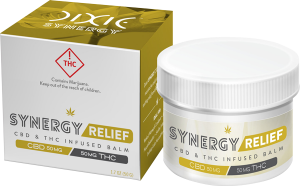There is a conversation that takes place among California cannabis connoisseurs from San Diego to Sacramento… What’s better: cannabis flower grown in an indoor greenhouse under grow lights, or outdoor cannabis flower grown in the sun?
While the everyone’s definition of “good cannabis” is different, the typical consumer is shopping for weed from their medical or recreational dispensary that looks great, smells great, makes them feel great, and is perfectly cured (not too dry, and not too moist).
First, let’s look at how sun grown (outdoor) cannabis is grown, and the positive and negative effects that impact its quality. (If you’re looking for a bit of information about cannabis genetics, and what goes
Sun-grown outdoor cannabis: Scalable, sustainable, and cannabinoid-rich

The word “outdoor marijuana” has occasionally had a negative connotation among cannabis consumers. Since the explosion of premium indoor weed, “outdoor” has been regarded as lower quality… but world-class weed can be found in outdoor farms and back-yard grows across California.
The levels of cannabinoids present in a plant, as well as it’s overall appearance, are really the only determining factors in judging the quality of any sample.
There are a million factors that can lead to the levels of one strain being higher or lower than another. Genetics, environment and light spectrum tend to be big three. Taking genetics out of the conversation today, let’s focus on environment and light spectrum.
The benefits of growing cannabis outdoor (in California sunlight)
“Full term”, “outdoor”, and “sun grown” weed refer to plants with very little environmental control. The sun provides the only light spectrum, and the cannabis plants are exposed to whatever is in the air around them.
Obviously, this is the traditional way to grow cannabis. Growing weed outdoors gives you the ability to scale the size of your production to whatever the size of your plot of land will allow, and cheaper cost of production often leads to cheaper retail prices. This means outdoor cannabis can be one of the best deals on weed you can get at a dispensary, and companies like Roots and True Humboldt specialize in outdoor grows.
With sun-grown cannabis, little environmental control can occasionally lead to problems with microbial and pesticide testing. However, all of the cannabis sold at Mankind Dispensary is rigorously tested before it hits our shelves, so you can be sure that any outdoor you buy will be free of pests or pesticides.
Additionally, the will always be the preferred source of light for producing a broad spectrum of cannabinoids. This is especially true in the production of complex volatile terpenes which are responsible for the plant’s flavor and aroma.
The downsides of growing cannabis outdoors
There’s a reason the vast majority of top shelf, premium cannabis flower is grown indoors. Some of the downsides include:
- Minimal environmental control means it’s hard to correct for issues caused by nature
- Smoke from California wildfires can ruin entire crops of outdoor cannabis
- Farmers are typically able to only grow once per season
- Outdoor flower may not look as attractive as indoor flower
Note: When we talk about growing environment, we’re referring to the conditions, climate and control of the plant’s light and nutrient exposure while it was being grown. Light spectrum is referring to the source of lumens feeding your plants. A lumen is the amount of light emitted per second from any particular light source. The sun provides a certain spectrum of light. Meanwhile high pressure sodium, or LED lights, provide a different spectrum respectively.
The benefits of growing cannabis in a greenhouse (also known as mixed-light, or “dep”)
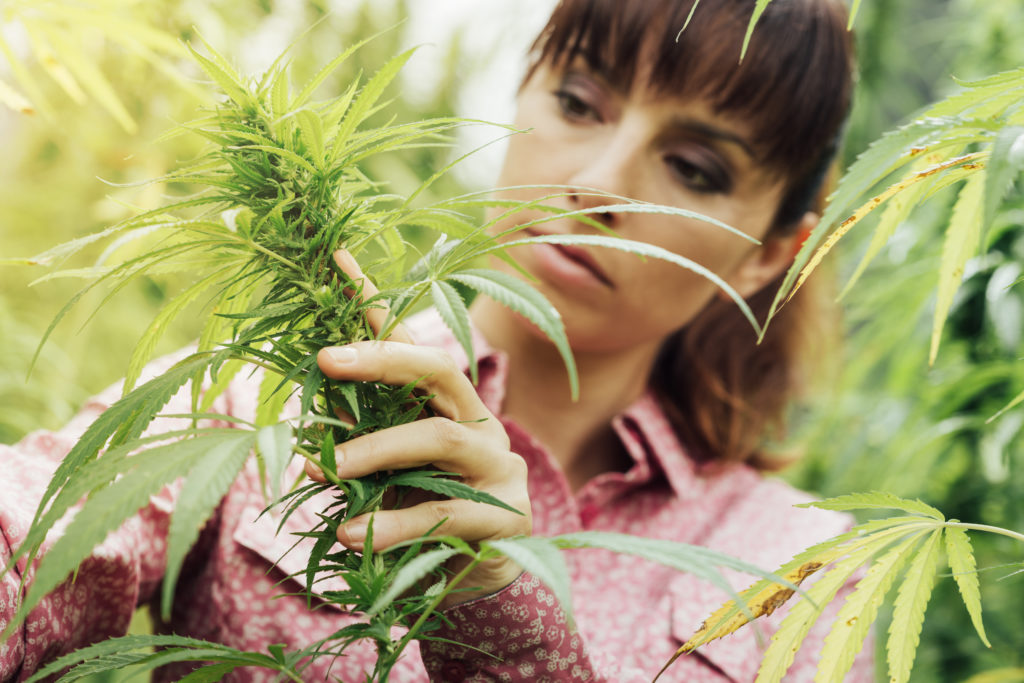
“Greenhouse”, “light-dep”, or “mixed light” grows are becoming more common in the California cannabis industry. There is some wiggle room in these terms but, typically speaking, a greenhouse used to grow marijuana is the same type of building used in traditional agriculture – an enclosed glass structure. Greenhouses are used to control the environment while maintaining the pure sunlight spectrum.
Light deprivation, or “light dep” grows utilize the sun’s light as well as an additional form of light control. Things like black out tarps or light movers ensure a regulated amount of light reaches the plants. “Mixed light” grows are some of the more advanced systems today. They utilize the sun’s natural light, supplemented by LED and/or HPS lights to ensure plants get the widest spectrum of light possible.
The downsides of growing cannabis in a greenhouse
Mixed-light cannabis farms can produce high-quality cannabis at higher volume than an outdoor farm (typically speaking.) However, there are some downsides to growing dep.
- Mixed-light farms are more expensive to operate than an outdoor cannabis farm. This typically results in higher costs for the consumer.
- Mixed-light cannabis is not typically has highly regarded as indoor grass.
- Mixed-light cannabis can be less environmentally friendly than outdoor grown cannabis.
Indoor cannabis – arguably the best weed you can buy at a dispensary
True indoor grows came into existence for 2 main reasons. First – it’s easier to hide a clandestine cannabis operation inside a house than it to hide one outdoors.
The second, and probably more important reason, was the ability to grow year round in fully controlled environments. Indoor ops can fully control every single moment of the plant’s growth this includes:
- Full control over the duration and type of light used to grow cannabis (typically LED or HPS lights)
- Full control over the water and nutrients used throughout the growing process
- Full control over harvest times without having to worry about precipitation or exterior temperature
- Full ability to replicate identical growing conditions every single harvest
This level of control has spawned a new generation of world-class indoor cannabis operations like Blueprint, Cannabiotix, Team Elite Genetics, and Northern Emeralds.
The downside of growing cannabis indoors
While you have a higher level of environmental control on temperature and outside influence, most commercial indoor rooms produce about 60% of what their mixed light counterparts do. Indoor flower also costs more to grow, which typically results in higher-priced cannabis for the consumer.

